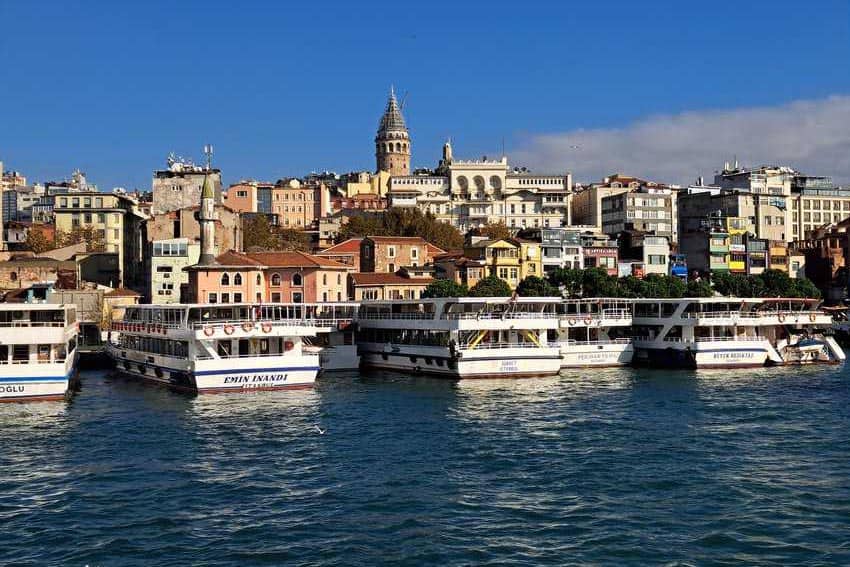
For generations, people in Istanbul have cherished the fishing tradition by the Galata Bridge and the religious significance in Eyüp
By Teh Chin Liang
GoNOMAD Senior Writer
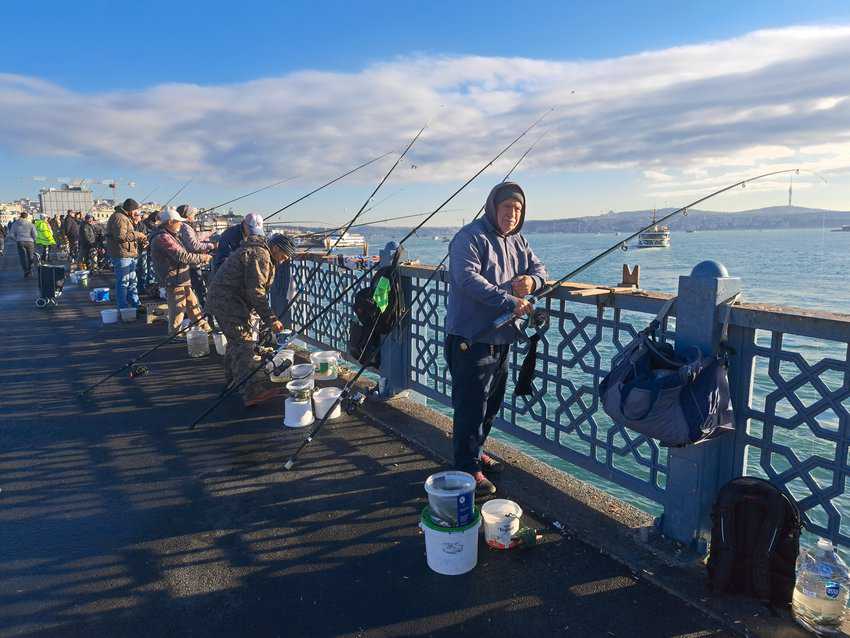
Late November in Istanbul is always rainy and cold. Each morning, an icy chill crept through the windows during my week-long stay. Battling the wind, I took a stroll from my hotel in Sirkeci to the Galata Bridge.
Bumper-to-bumper traffic snaked through the streets. Cold wind whipped past grim-faced workers hurrying in suits. Honking horns and calls to prayer from the mosques intertwined in a chaotic symphony, punctuated by the rhythmic click-clack of the tram tracks as the electric carriage glided past in a swoosh.
A heritage of generations in fishing
Across the Galata Bridge, anglers stood a long row from one end to the other. Their faces obscured by swirls of cigarette smoke mingling with the cold air brushed past their lips. Beneath the bridge, fishing rods of all sizes danced haphazardly in the air, some wrestling with the catch while some swayed in rhythm of the current.
For generations, the people of Istanbul have held dear the tradition of fishing — a culture deeply embedded in the city’s heritage. The waters under the Galata Bridge, at the confluence of the Golden Horn and the Bosphorus, teem with marine life. Dolphins frolic in springtime when shoals of migratory fish, like bonito and bluefish, swim upstream to the Black Sea for spawning.
Along the glittering coast, a treasure trove of hidden gems awaits, all off the tourist map, ready to be explored. After days of pushing through packed crowds to see the famous attractions, I decided to explore the city’s hidden treasures.
Pierre Loti Hill – Eyüp’s hidden gem at an elevation of 230 feet above sea level
The hill, about 230 feet above sea level, is named after the French novelist and naval officer Julien Viaud, who wrote under the pseudonym Pierre Loti. From downtown Istanbul, you can get to the hill by tram or taking the ferry to Eyüp. From Eminönü, I took a scenic ferry ride, slicing through the emerald ripples of the Golden Horn as it bobbed towards the Eyüp pier.
The foot of the hill is only a short walk past the ancient Eyup Sultan Mosque. From there, either take a 20-minute hike through The Eyüp Cemetery or a short cable car ride to the top of the hill.
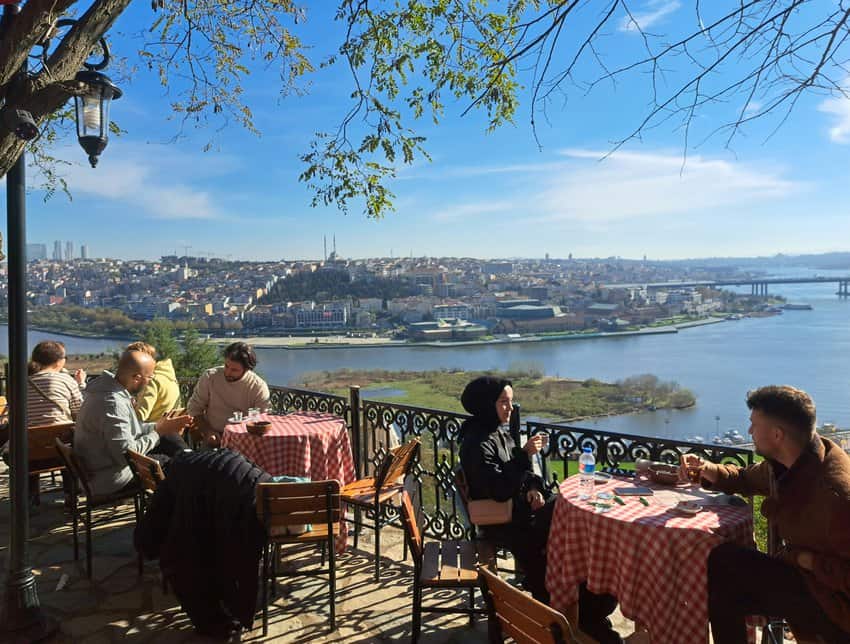
Eyüp is a neighborhood with religious significance
Eyüp is a conservative Muslim neighborhood. Wear appropriate clothing while you are there. The Eyup Sultan Mosque holds great religious significance for Muslims. Within its revered grounds lies the tomb of Ebu Eyüp el-Ansari, a close companion of Prophet Muhammad and a revered figure in Islamic tradition.
The cable car brought a stunning vista into view. The sprawling Istanbul skyline, dotted with buildings rising in graceful Ottoman arches and minarets, stretched amidst lush parks and marinas. A viewing deck stands beneath a hillside of tombstones, offering a breathtaking panorama of the city below. A perfect spot for your next Instagram-worthy selfie.
Pierre Loti Café
Perched on top of the viewing deck is a European-styled terrace of Pierre Loti Café. With a full view of the vibrant cityscape, the cafe provides a welcome retreat for diners.
An assortment of Turkish cuisine, tea, and coffee are on the menu. The aroma of freshly ground coffee beans fills the air as they simmer in the cezve. The strong and flavorful coffee, with its thick, smooth foam, is just too good to pass up.
“Merhaba!” I spun around, finding a man at his little stall.
He waved me over, handing some polished brown shells into my palms — smooth in my grip and warm against my skin. They were roasted chestnuts, with a soft and starchy texture— great complement to the coffee and the fantastic view. What more could I have asked for on this fine afternoon?
“Teşekkürler!” I thanked him and bought a small bag of chestnuts from him.
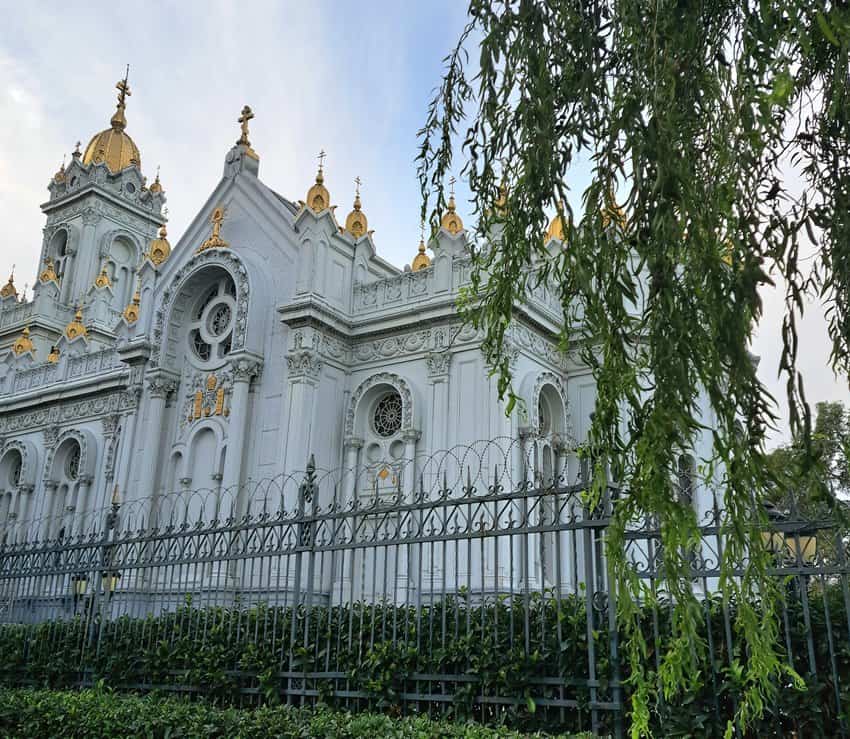
Bulgarian St. Stephen Church in Balat,
Three stops away by train from Eyüp is Balat, one of Istanbul’s old neighborhoods with a rich history of Greeks, Armenians, and Jews.
An imposing church came into view as I got off the train, looming over the barbed-wire fence. Its ornate golden domes tapered into spires that pierced the sky.
Outside, the willows bowed their fronds in a silent prayer.
This is an iconic landmark in Balat – Bulgarian St. Stephen Church, an Eastern Orthodox church made of prefabricated iron and built perpendicular to the Golden Horn.
The cold wind blew in gusts. I scurried inside to seek refuge in the comforting warmth of the church. The only non-iron element within the austere architecture is the gilded wooden iconostasis. Across the wall stood several religious figures, bathed in the warm glow of hanging chandeliers, and the echoing Byzantine hymns rose and fell in a hypnotizing chorus.
Outside, the sun broke through the clouds, spearing through the stained-glass windows. A spectrum of rainbow spilled into the stillness of the church, dappling the pews, and casting enchanting patterns on the floor.
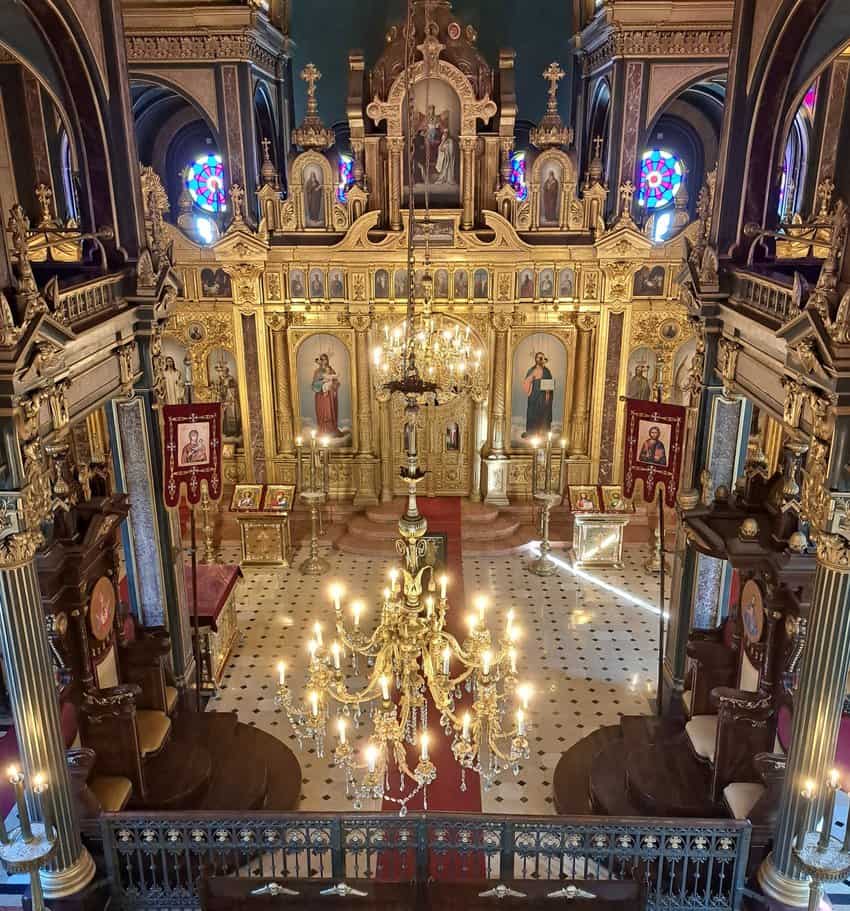
I left the church and headed over to the Balat neighborhood across the street. Behind me, the church poised above the treeline, silent and gleaming with holiness.
Balat: A Cultural Odyssey in Istanbul
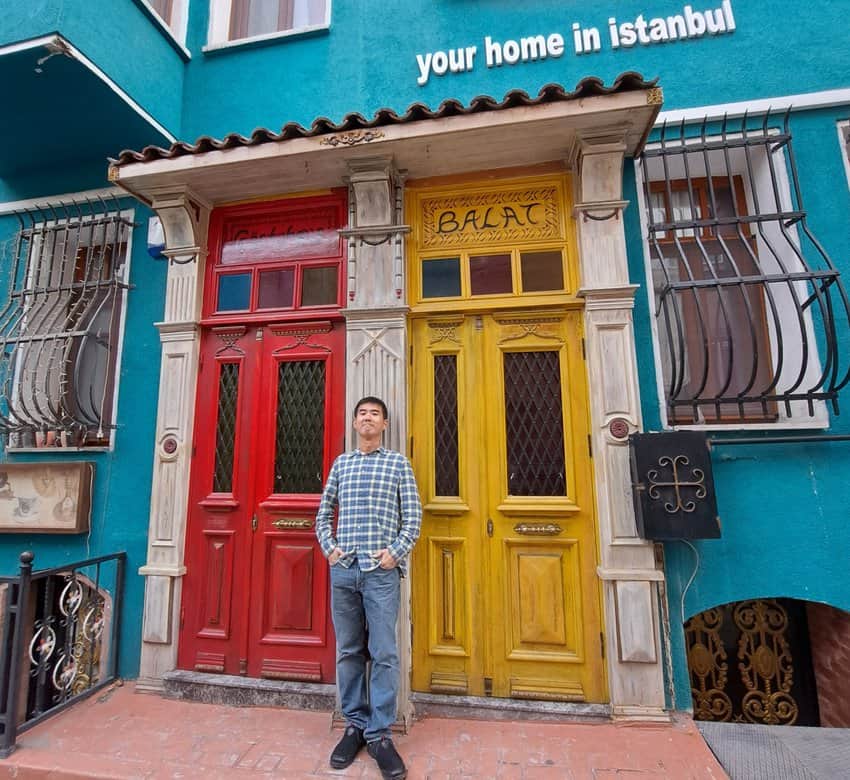
If I were asked to describe Balat neighborhood, I would put it this way:
“Stepping into Balat is like being swallowed in the swirling colors of a painting. Every brushstroke opens a new passage in the labyrinth, pulling you further and further into the depths of the maze.”
Most people come to Balat to soak in the bohemian vibe of the maze-like, winding cobblestone alleys and take Instagrammable photos by posing in front of the color-filled houses and iconic rainbow stairs.
A neighborhood with unique character
Tall and thin, quaint buildings painted in all shades of pastel lean towards each other, stacking precariously along the steep incline, almost in a fairy-tale like fashion. Between them, a clothesline sways in the breeze, strung with laundry that twirls and flutters like festive buntings.
Wandering through labyrinth-like alleys felt like being swept back in time. While walking past the local houses, melancholic traditional music drifted from a nearby window. Entranced, I stood lost in its timeless tune, taking in the haunting echo of the past.
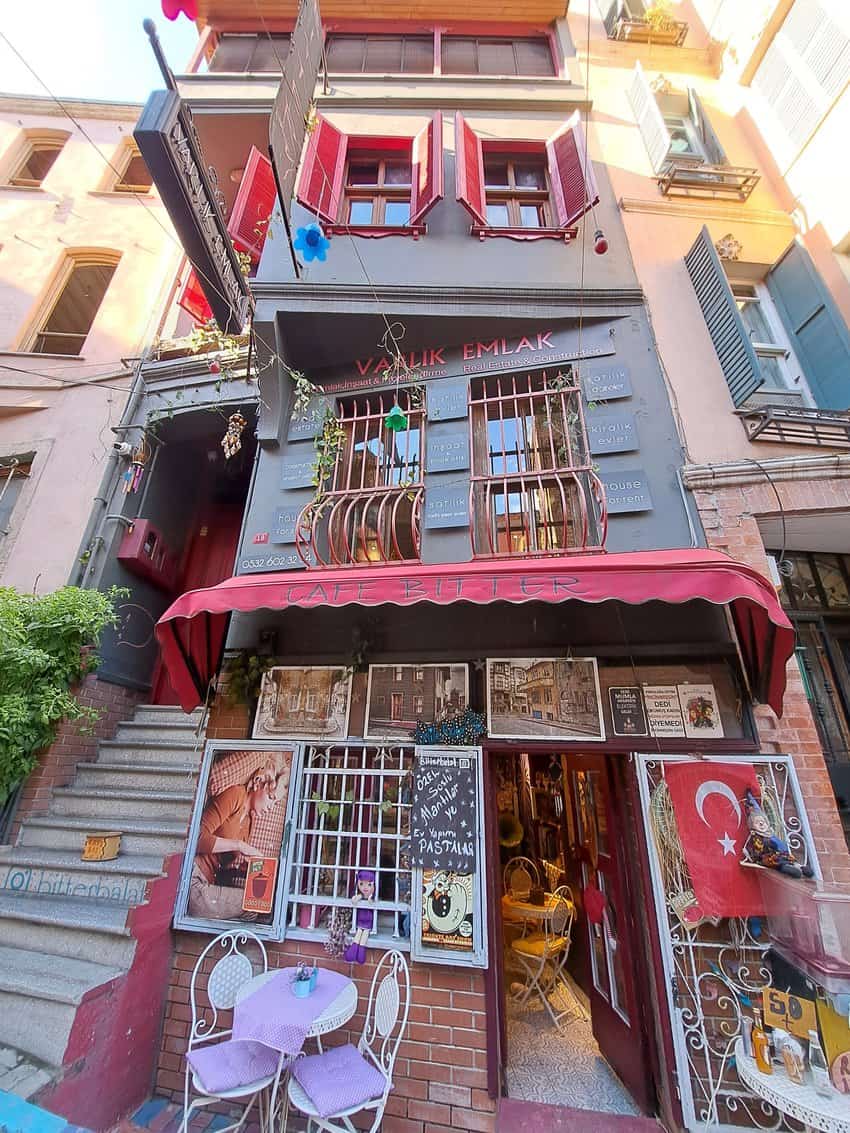
The clink of coffee cups from the cafes, stray cats curled on mismatched furniture outside a thrift shop, the chime of trinkets from antique shops and the slow creak of a food cart being pushed by smiley vendors — all were cues for me to slow my pace and surrender to the languid charm of the afternoon.
As I trudged up the incline, the Church of St. Mary of the Mongols loomed imposingly at the top. Its crimson facade stood out starkly against the cloudy grey sky.
Looking down from the top, a narrow, cobblestone path plummeted precariously down towards the shimmering blue of the Golden Horn. A momentary wave of dizziness washed over me, blurring the edges of my vision for a fleeting moment, yet the magic of the sight left me breathless.
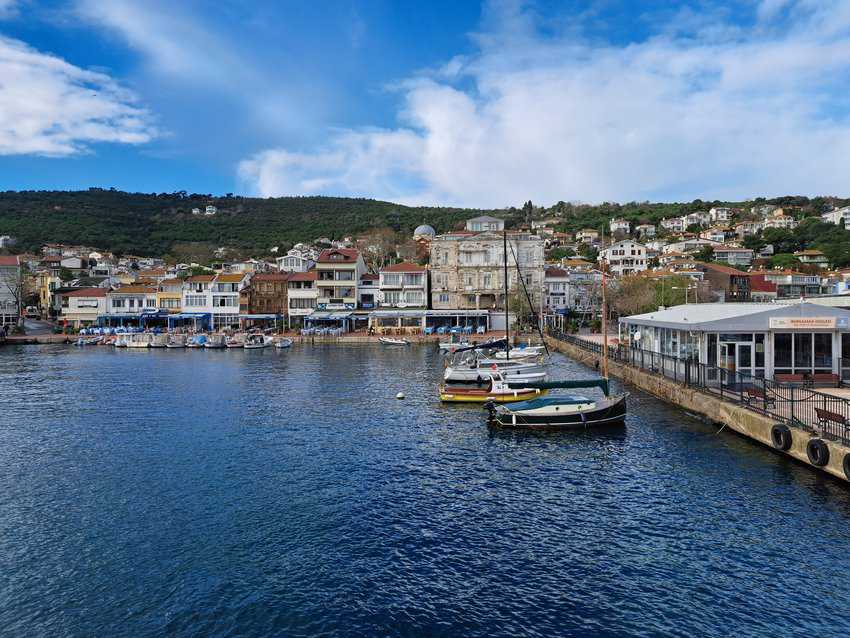
The Princes’ Islands – Jewel of the Sea of Marmara
The Princes’ Islands, also known as Adalar, are a nine-island archipelago in the Sea of Marmara. Among the four largest that are frequented by visitors are Kınalıada, Burgazada, Heybeliada and Büyükada.
I hopped on a ferry from Kabataş ferry terminal to The Princes’ Islands. Remember that cash is not accepted for the ferry ride, so be sure to have your Istanbul card handy before boarding. The card is useful for almost everything, even the use of public bathrooms.
As the boat plowed through the water, a flock of seagulls trailed behind us, wings outstretched, soaring in the wind. The birds swooped down in droves to snatch the breadcrumbs tossed by tourists from the boat.
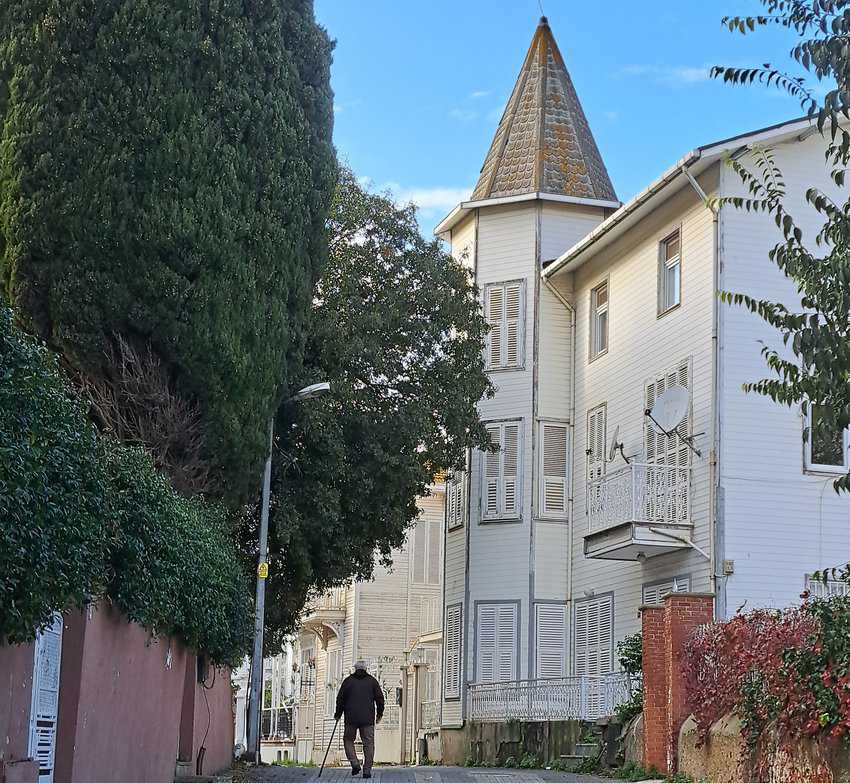
Büyükada
Büyükada is the largest island among the four. It is also the final stop for the ferry and the drop off for most of the tourists. When the boatman threw the rope to the pier, I joined the others in getting off the ferry.
The island is a tranquil escape, with historic mansions, churches, and monasteries tucked among quaint private residences.
Büyükada, like any other Princes’ Island, is committed to eco-friendly practices. All gas-powered vehicles are prohibited. Visitors explore the island on foot, hop on battery-powered shuttle buses, or flag down electric motorcycle cabs.
During the Byzantine era, churches and monasteries were built across the island. It was also a place where rulers exiled their enemies.
The island has, over the years, drawn in artists, writers, and musicians, and it’s no surprise. It is a place that never fails to awaken all your senses. The tree-lined neighborhood is accentuated with awe-inspiring architecture framed by leafy canopies, and thrift shops are stocked with vintage televisions and suitcases. I had the feeling of stepping into a blast from the past.
After exploring, head to a local diner for freshly cooked Manti or Menemen, or even enjoy a gelato at the pier before catching the ferry back to Istanbul.
My day in the Princes’ Islands quickly flew by. As I boarded the ferry, the horizon was painted in a spectacular sunset red. Golden hue danced across the rolling waves, meeting the silhouettes of freighters in the distance. It was one of the most breathtaking sunsets I have ever seen.
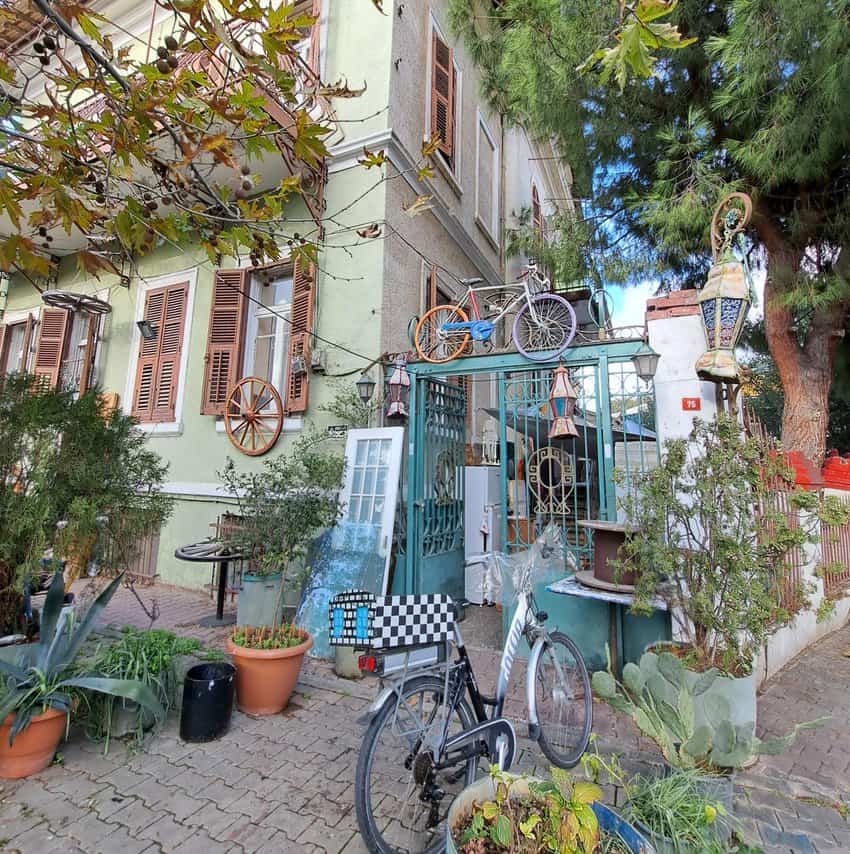
Üsküdar – A sprawling waterfront on the Asian side
Üsküdar is one of my favorite neighborhoods in Istanbul. Enjoy a leisurely walk along the waterfront, overlooking the panoramic European side of Istanbul across the Bosphorus.
Nevmekân Sahil, a multifunctional building reimagined from an old library, is only a short walk from the ferry terminal. The building houses an art gallery, café, and a vast library in a unique circular setting.
The library has an extensive collection of Ottoman history and literature, bathed in the warm glow of sunlight filtering through its intricate dome-shaped glass roof. The beverage and food are reasonably priced. It is a good place to kick back and immerse in the literary ambience.
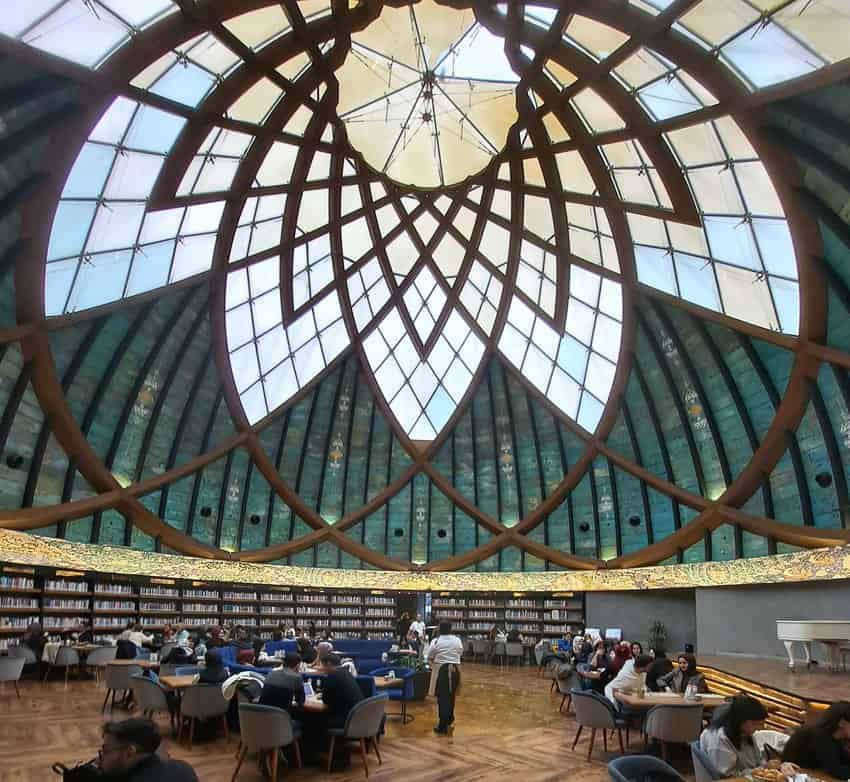
Strolling on the waterfront, I gazed out at the coastline of Istanbul, spanning two continents along the Bosphorus Strait — a sight that no one can easily forget.
While some find the seagulls a nuisance, for me, their cries and soaring wings are the perfect finishing touch, weaving into the city’s symphony, adding a touch of vibrant chaos that charmingly bridges the past with the present.
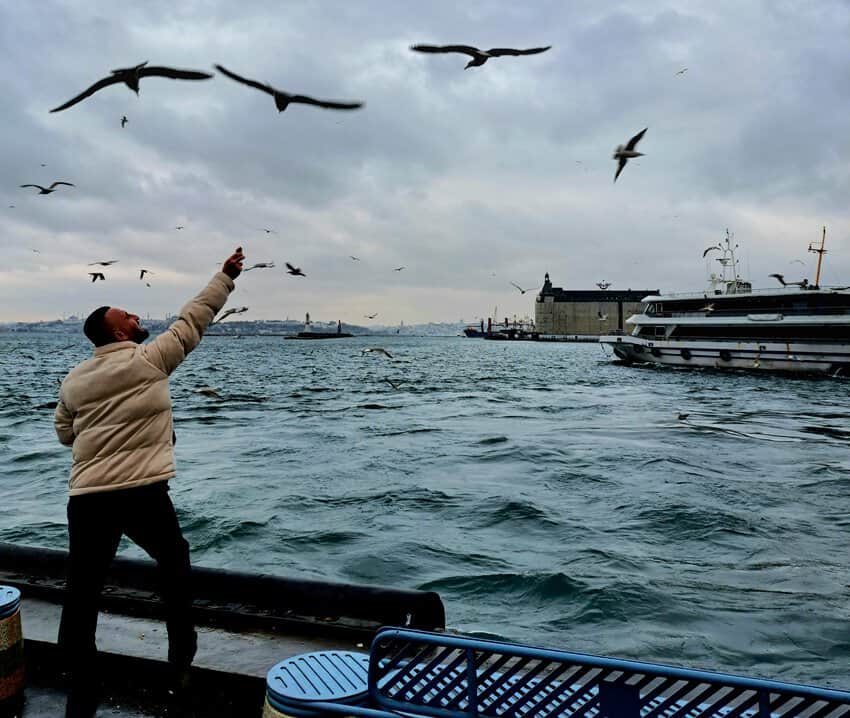
- Almaty: Cultural Crossroads Beneath Tian Shan - May 4, 2024
- Chasing the Northern Lights: Tips and Insights from a Pro - April 23, 2024
- Penang’s Chinese New Year Extravaganza! - March 30, 2024


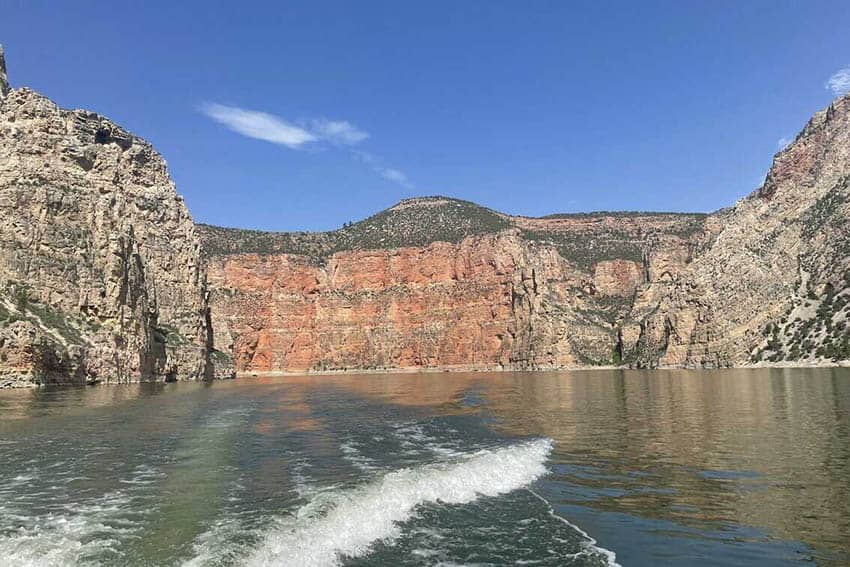

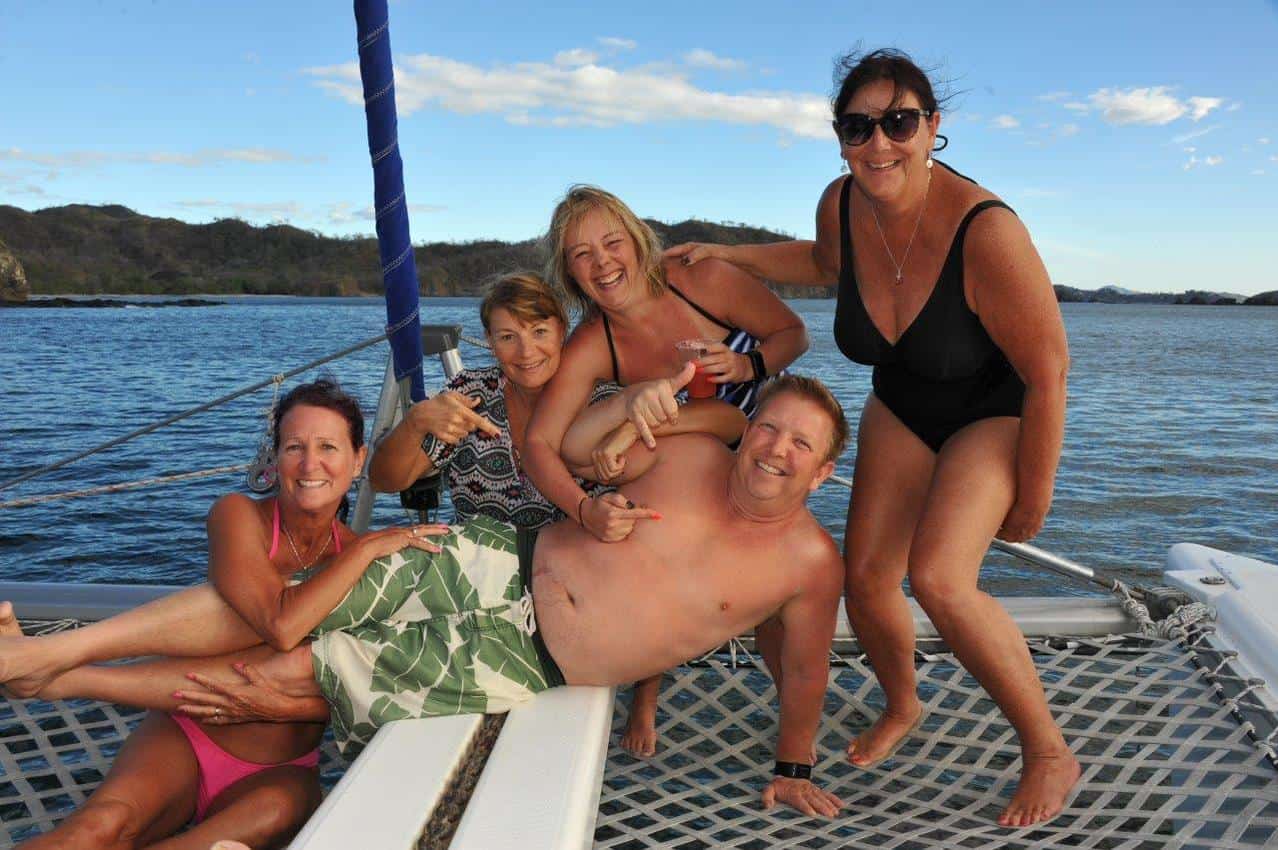
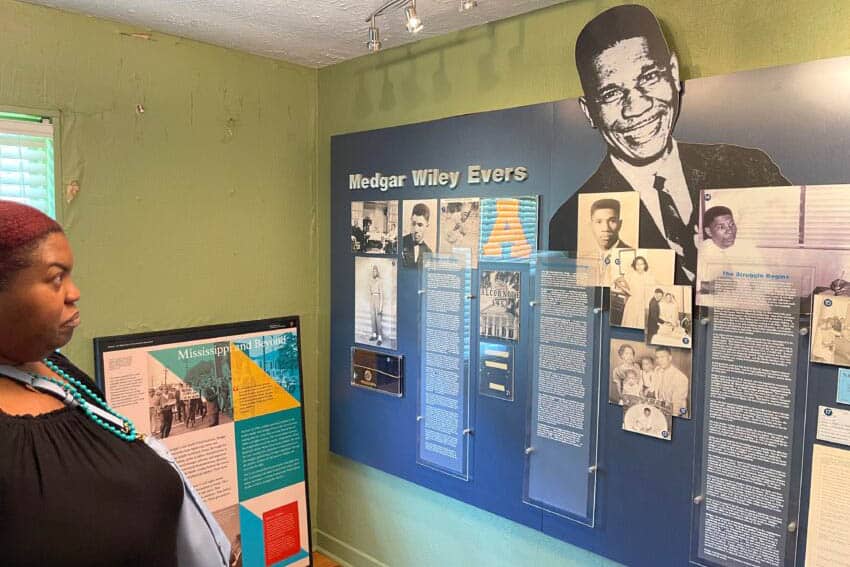
Worthy content for readers, and the images are so nice.
Excellent article…👌.
Thanks for sharing! It will be very helpful for us!
This is very helpful for traveller, your writing makes me immersed on what Istanbul could offer. Indeed I could feel the vibrant and colorful of the places you described. This surely be my next destination.